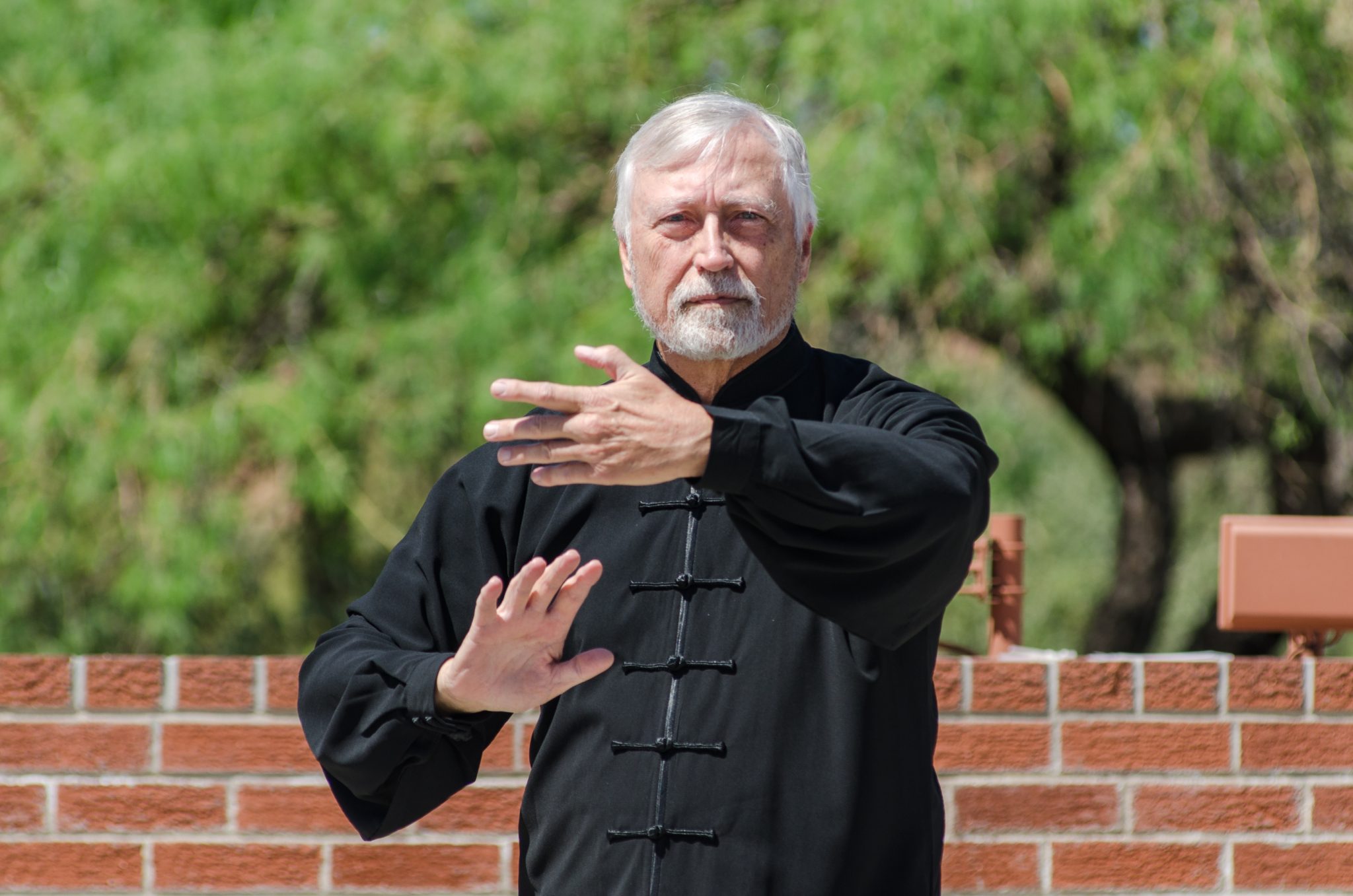The Struggle with Anxiety
Anxiety often feels like a constant weight, creating tension in the body and restlessness in the mind. It can lead to sleepless nights, racing thoughts, and a sense of unease that lingers throughout the day. One of the most effective natural approaches to finding relief is Guided Meditation for Anxiety. This practice provides a safe and supportive method to quiet the mind, ease tension, and restore peace of mind through gentle breathing and mindfulness techniques.
How Guided Meditation for Anxiety Helps
Guided meditation for anxiety helps individuals shift focus away from overwhelming thoughts and into the present moment. Instead of resisting emotions, it allows them to be acknowledged and released without judgment. Guided meditation for anxiety encourages a state of acceptance, helping the body relax and the mind regain clarity. By practicing regularly, individuals can rewire their responses to stress and strengthen their ability to stay calm under pressure.
Breathing for Calmness
Breathing is the foundation of guided meditation for anxiety. When anxiety builds, breathing often becomes shallow and rapid, fueling the body’s stress response. Guided meditation for anxiety emphasizes slow, steady breaths that activate the body’s relaxation system. This practice not only lowers physical tension but also reassures the mind that it is safe. Each breath becomes a tool for restoring calm and creating space for peace of mind.
Building an Inner Sanctuary
Guided meditation for anxiety often uses visualization techniques to create a personal sanctuary of calmness. Individuals may imagine sitting by the ocean, walking through a peaceful forest, or resting in a quiet garden. These mental images provide a safe retreat from stress and fear. Guided meditation for anxiety transforms these visualizations into reliable tools for cultivating serenity whenever needed.
Breaking the Pattern of Restless Thoughts
One of the greatest challenges of anxiety is the cycle of repetitive thoughts. Guided meditation for anxiety helps break this cycle by teaching mindfulness. Instead of being pulled into endless worry, individuals learn to observe their thoughts from a distance. Guided meditation for anxiety provides the skills to let go of unhelpful patterns, allowing the mind to move toward clarity and peace.
Restoring Peace of Mind Through Consistency
Consistency is the key to making guided meditation for anxiety effective. Practicing for even 10–15 minutes daily can create meaningful change over time. Guided meditation for anxiety can be done in the morning to set a calm intention for the day or at night to let go of accumulated stress. The more regularly it is practiced, the more naturally peace of mind begins to flow into everyday life.
Long-Term Emotional Benefits
Beyond immediate calm, guided meditation for anxiety nurtures long-term emotional resilience. It helps individuals respond more thoughtfully rather than react impulsively to challenges. Guided meditation for anxiety also fosters patience, self-awareness, and compassion, all of which contribute to lasting peace of mind. These emotional benefits make the practice not just a stress-relief tool but a lifestyle of calmness and clarity.
Conclusion
Peace of mind is within reach, even in moments of worry and fear. Guided meditation for anxiety provides a pathway to calmness through breathing, visualization, and mindfulness. With regular practice, guided meditation for anxiety helps release stress, break cycles of worry, and restore emotional balance. By embracing this practice, individuals can reclaim their inner stillness and discover a steady sense of peace that supports them in every part of life.



